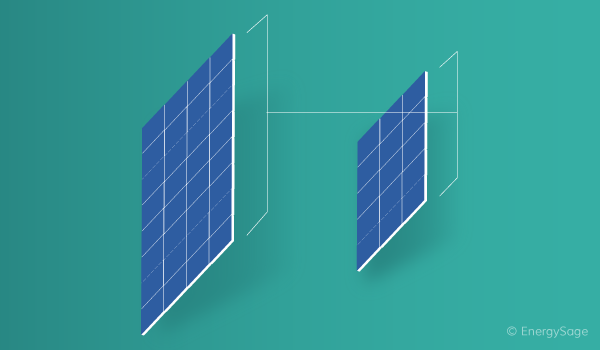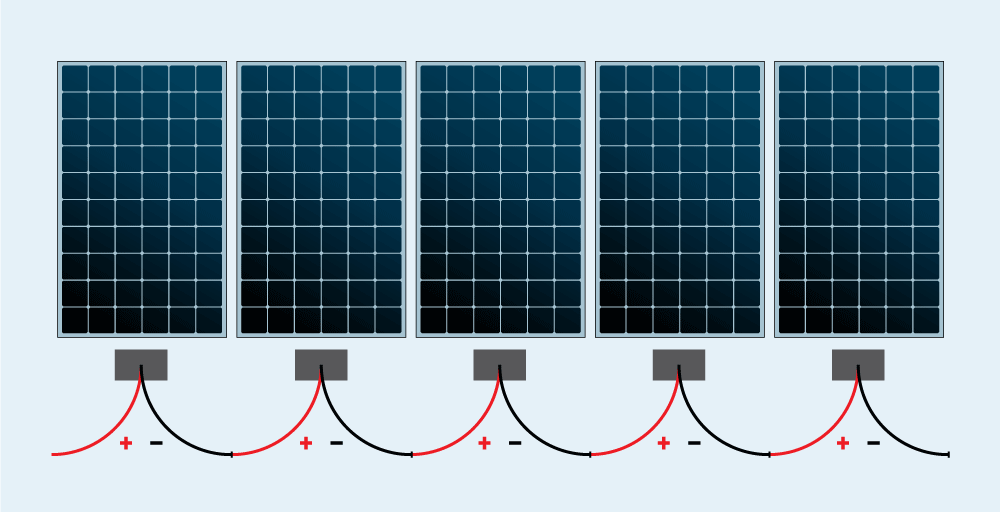To get an accurate picture of how much energy a solar panel can produce you have to first take into account what type of panel technology is being used.
Solar panels got smaller but produce more energy.
But the new study published in the journal advanced energy materials earlier this month explores whether tinted solar panels could work on farms as well a process part of a larger area of research dubbed agrivoltaics.
If your home requires more electricity than it did in the past your offset will be affected even if the solar panels are performing perfectly.
The efficiency of the solar cells used in a photovoltaic system in combination with latitude and climate determines the annual energy output of the system for example a solar panel with 20 efficiency and an area of 1 m 2 will produce 200.
Semi transparent solar panels are an emerging area of technology.
In terms of power output it is best to separate solar panels into two categories.
That s enough energy to power some small appliances without too much issue but if you want to cover the energy used by your property s climate control systems or large cooking appliances you ll need more solar panels.
A team from the solar energy research institute of singapore lead by carlos rodríguez gallegos discovered that found that panels with photovoltaic cells on both sides that could also tilt to follow.
60 cell solar panels are typically 5 4 feet tall by about 3 25 feet wide and have a power output in standard test conditions of between 270 watts to 300 watts depending on the exact efficiency of the cells in them.
At least one company offers them as a canopy to put over outdoor spaces.
At intermountain wind solar our photovoltaic experts design your solar energy system to meet your household energy needs and consumption.
What they found will probably allow you to breathe a sigh of relief.
These findings may be attributed to changes in solar technology the growth of the industry and more awareness when it comes to energy use in panel production.
However researchers only focused on the period after 2010.
Monocrystalline and polycrystalline.
In the example above the solar panel is producing 1 5 kwh per day which ends up being about 45 kwh per month.
Even if your power consumption is high your solar panel array can be sized to produce whatever amount of electricity you require.
Solar panels produce free electricity whenever the sun shines.
Your panels will produce more during the on peak seasons of spring and summer.
Solar panels generate more energy than they use overall and have been doing so since at least 2010.
What they found was good news for solar energy advocates.
60 cell solar panels and 72 cell solar panels.
This is partially because of the seasonality of solar power.
Solar panels generate more energy than they use overall and have been doing so since at least 2010.















































